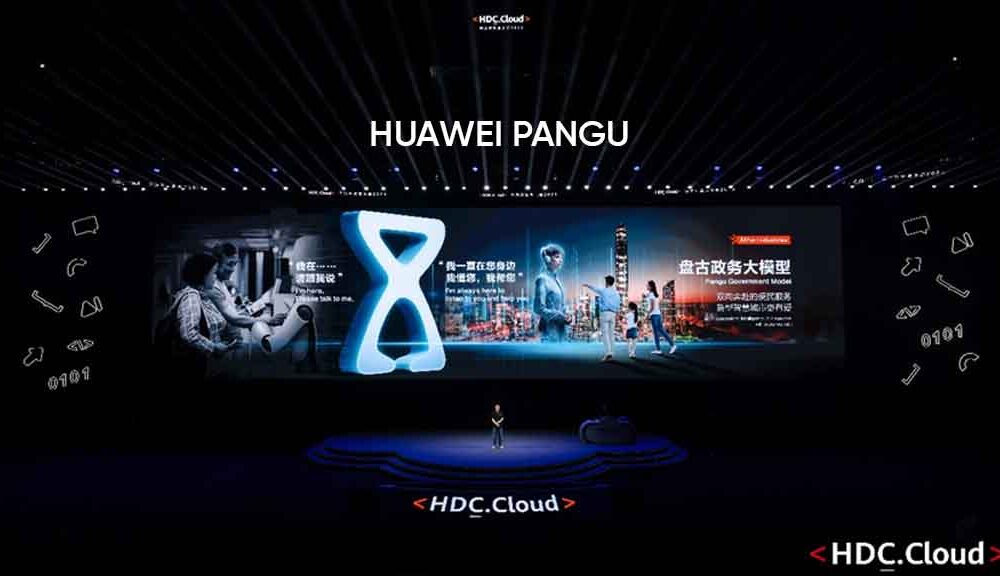Revolutionizing AI: Huawei Unleashes Pangu Pro MoE 72B
Huawei has stepped up its artificial intelligence game by introducing the Pangu Pro MoE 72B, a powerful new open-source AI model trained on its own Ascend chips. This cutting-edge development is designed to support developers and researchers across the globe with access to a high-performance model backed by Huawei’s in-house chip technology.
With this launch, Huawei is solidifying its position as a major force in AI infrastructure by blending innovative architecture with cost-effective performance. Developers can now use, modify, and integrate this AI model into their own projects, pushing the boundaries of generative intelligence.
A Hybrid AI Engine with 72 Billion Parameters
The Pangu Pro MoE 72B is not just any large language model. It’s built as a hybrid expert system, combining both statistical models and symbolic AI for more context-aware and intelligent responses.
Equipped with a staggering 72 billion total parameters, the model activates 16 billion of those for each input token. This structure allows it to manage computing load more efficiently while delivering deep insights with speed and accuracy.
Huawei’s proprietary Ascend GPUs and NPUs play a central role in powering this model, which is designed to support next-gen AI applications ranging from language generation to decision support.
Incredible Inference Speed on Ascend Hardware
Performance benchmarks for Pangu Pro MoE 72B show remarkable results. During inference, the model achieves 1148 tokens per second per card, with the speed improving up to 1528 tokens/s when decoding on Ascend 8001 A2.
These speeds translate into faster response times and lower computational costs—making it highly efficient for enterprise-scale deployment. In particular, Ascend 3001 Duo hardware delivers excellent cost-to-performance ratios, making this pairing ideal for AI workloads.
Why Huawei Chose MoGE Over Traditional MoEs
Historically, Huawei used the Mixture of Experts (MoE) architecture in its large-scale models. Although MoE offers expanded learning capacity, it often suffered from inefficient parameter use, as only a few parameters are activated per input.
This bottleneck created complications when running on parallel devices, where data and workload imbalance could slow performance.
To address this, Huawei introduced MoGE (Mixture of Grouped Experts). This advanced grouping strategy distributes workloads more evenly and improves computational flow across multiple devices—particularly during the inference phase.
Open Source for a Global AI Future
What sets this release apart is Huawei’s bold move to make the model open-source. By allowing the global developer community to access and improve the Pangu Pro MoE 72B, Huawei is encouraging innovation and transparency in AI research.
This is a strategic push not only to promote adoption but also to build an ecosystem where AI advancement is more democratized and collaborative.
Final Thoughts
Huawei’s Pangu Pro MoE 72B signals a pivotal shift in AI model design, offering speed, intelligence, and openness. With Ascend chips as its backbone and MoGE as its brain, this model represents a new benchmark in AI development—open, powerful, and future-ready.





